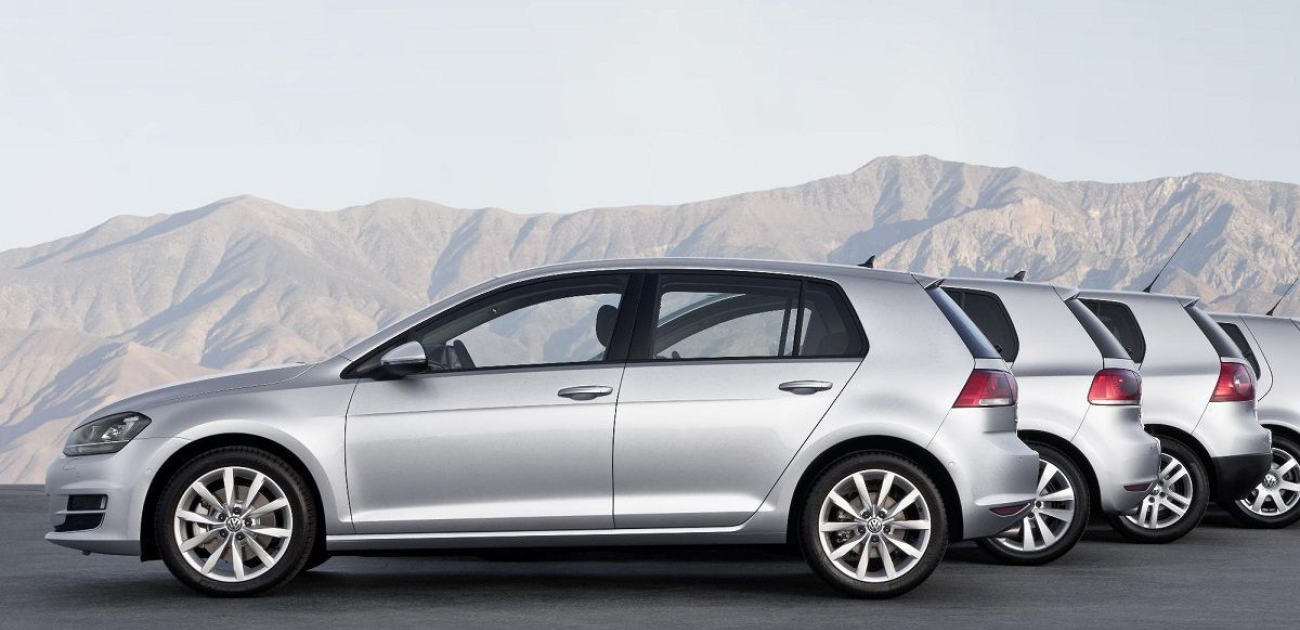The Controversy of VAT Deduction in Vehicles Affected by Activity; a Step Forward to Demonstrate its Total Impact
As it is well known and to settle objectively the deduction of VAT contributions on vehicles "affected by business activity", the legislator considered as a valid percentage a lump sum of 50% deduction as established in Article 95. Three .2º of the Law 37 / 1.992.
But left the door open in the 4th paragraph of the same article to a possible deduction higher or lower than said 50% of fees supported if there was ... a prior evidentiary justification of the parties (interested and inspection) by any means admitted by law.
It is precisely this point of evidence where the desperation of the taxpayer finds its full meaning, since performing a probative task with respect to the daily use of a vehicle for months or even years can be quite difficult and even sometimes practically impossible.
For this reason, to certain vehicles (transport, commercial, driving school, ...) the presumption directly grants a deductibility of 100%.
The problem, then, is centered on cars, where the test to overcome 50% deductibility is practically impossible.
For this reason, we are pleased that recently, the Manubens Abogados, through a written statement of allegations in a verification procedure defended by its lawyer Juanjo Ollé, has obtained the estimate of the allegations presented and the admission of the total impact on the business activity of a vehicle classified as " tourism ", with the consequent admission of the complete deduction of the VAT contributions supported in the acquisition of the same, making use of the" ius auctoritas "(requirement of assistance to the Tax Administration), which is perhaps not very usual when it comes to arguing for the defense of the taxpayer.
The specific assumption was based on the fact that a company had two work centers in the same province separated by 64 kilometers between them. How to demonstrate that the vehicle was only used in the business activity and not a particular use?
The focus of the defense was not to justify the use that it never had, but to justify two points:
The kilometers that have actually been made in the exercise of the activity.
That said kilometers correspond effectively with all the kilometers traveled by the vehicle since its acquisition.
In this way the possibility of a particular or personal use of it was excluded since it was justified that the entire use of the vehicle had been destined for a single use, the business one.
The argument used went first to analyze the activity developed by the client to establish a situation framework, being the specific case of a "society of agrarian transformation" dedicated to the breeding and exploitation of cattle.
Obviously, the type of work that is carried out in these farms was developed, which requires a multitude of daily services without the possibility of establishing holidays due to the feeding, cultivation, breeding, parturition, development, phyto-sanitary measures and the milking of the cattle require a constant and uninterrupted dedication.
Disposing the company of only two vehicles, an accident had been suffered with one of them that had left it in total sinister with what the availability of vehicles was reduced to a single vehicle, providing photos of the latter.
The second step focused on justifying and arguing that there were actually two work centers (through the provision of documentation issued by the Labor Department of the competent body of the Autonomous Community) and that the distance between the two following the most direct route was about 64 km approximately, by providing maps (Google maps) between both points.
Therefore, to cover the needs of the activity there was a round trip of 128 km every two days, this is 4 times a week and 16 times a month, so during 5 months 80 trips had to be made between both work centers.
Then, it was justified the kilometers that the vehicle had since its acquisition (through the sales contract since the vehicle was second-hand), in comparison with those available at the end of the verification period (by means of a photograph of the account). kilometers), this is in total 5 months and about 10,240 km traveled, which according to all the previous argument are precisely those obtained after making the 80 trips mentioned.
However, the definitive proof of support for all the previous argumentation obviously did not remain within the taxpayer's scope, but resided in a documentary justification of an unrelated third party.
In the most direct route between the two work centers, a "highway" was used in part, which had a "T-type" toll that allowed by means of a radar to identify the vehicles passing by.
Do you want more information?
 Juan José Olle Aguilar
Juan José Olle AguilarGraduated in law from Abat Oliva University. Master's Degree in Taxation and Management at ESADE, gives lectures on taxation in the Income Tax of individuals and the Income Tax of non-residents Spanish to executives of banking entities in Andorra

